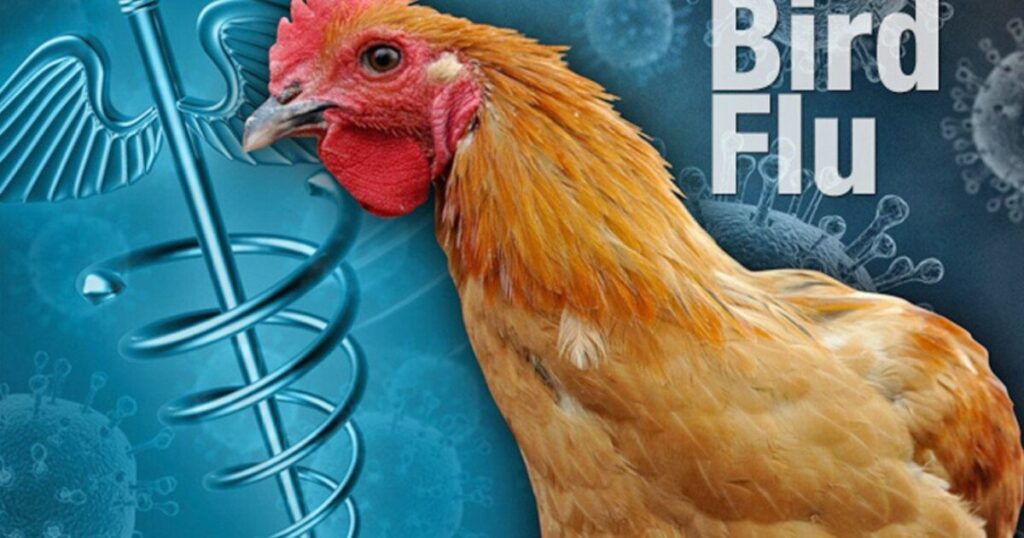In a recent development that echoes Governor Gavin Newsom’s contentious COVID-19 response, California has declared a state of emergency in light of an alarming bird flu outbreak, particularly in response to a severe human case reported in Louisiana. The patient suffering from this critical situation is diagnosed with H5N1 infection and is currently in a critical condition due to respiratory complications. Health authorities are investigating the source of the infection, which is believed to stem from exposure to sick or deceased birds on the patient’s property. This case marks a significant moment, as it is the first severe human instance of the virus in the United States, raising concerns about the potential spread of the virus among humans.
Despite the gravity of the situation, the Centers for Disease Control and Prevention (CDC) emphasize that the overall risk to the public remains low, citing only 61 reported human cases nationwide since April 2024, most of which exhibit mild symptoms. This statistic has not assuaged fears entirely, as the declaration of a state of emergency allows Governor Newsom to exercise considerable authority in response to the outbreak. The governor’s proclamation aims to provide state agencies with the resources and flexibility needed to effectively tackle the situation without going through the usual legislative processes, ensuring a swift response to any potential spread of the virus.
Governor Newsom views the emergency declaration as a necessity to bolster California’s extensive testing and monitoring system, which is hailed as the most comprehensive in the nation. He remains committed to protecting public health while also supporting the agricultural sector, which is significantly impacted by the avian influenza. The declaration of a state of emergency reflects a proactive strategy intended to keep airports, farms, and the general public informed, urging them to stay updated with accurate information regarding the situation.
The severity of the outbreak has also been compounded by reports of H5N1 reaching dairy cows across 16 states, following its initial confirmation in Texas and Kansas earlier in March 2024. This spread among livestock necessitates enhanced monitoring and coordinated efforts to mitigate the virus’s impact. The California government has not reported any evidence of person-to-person transmission of H5N1 so far, as the majority of cases have remained linked to direct contact with infected animals. Nevertheless, Governor Newsom’s emergency proclamation is designed to diagnose the developments effectively and curb potential advancements of the outbreak.
While officials maintain a cautious yet calm public narrative regarding the outbreak, critics of Governor Newsom have begun to draw parallels with his previous management of the COVID-19 pandemic. The extended lockdowns and restrictions imposed during that period have left a lasting impact on the state’s economy and overall social fabric, leading to backlash against increased government authority during health crises. Fears persist that similar approaches could re-emerge in light of the bird flu scenario, as the adjustment of emergency powers continues to provoke debate on governance and public safety.
As the situation develops, it remains crucial for California to balance effective emergency response strategies with the preservation of public trust. As such, the ongoing public statements from the CDC, local health departments, and Governor Newsom’s office will play an integral role in navigating the state’s response to the avian influenza crisis while addressing the concerns of citizens and stakeholders, especially in the agricultural sector. This developing scenario reinforces the need for vigilance, open communication, and a measured approach to public health challenges, preserving individuals’ rights while safeguarding health systems against potential crises.

